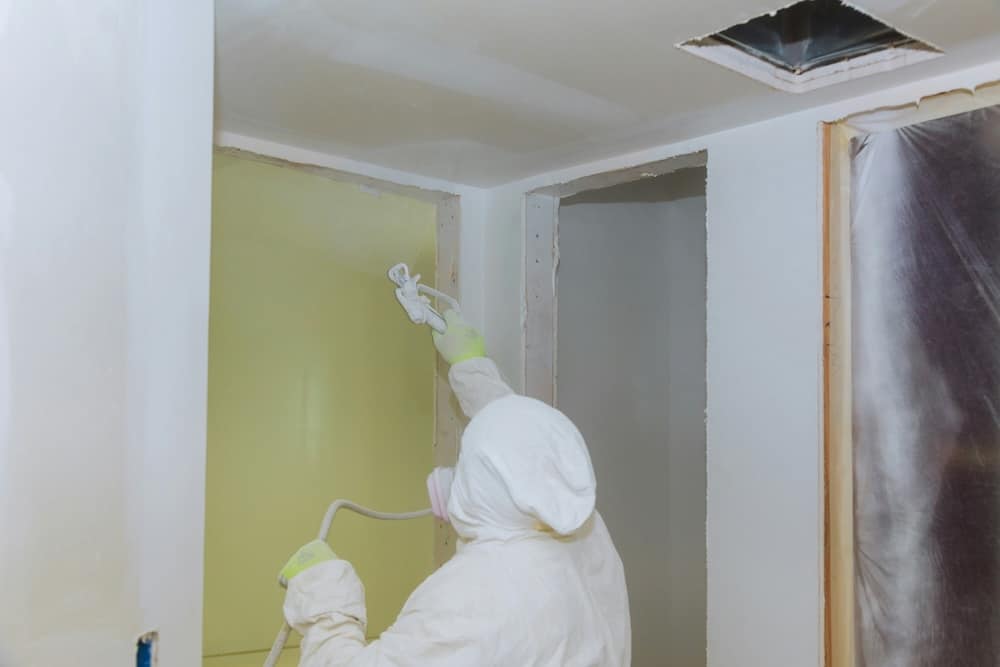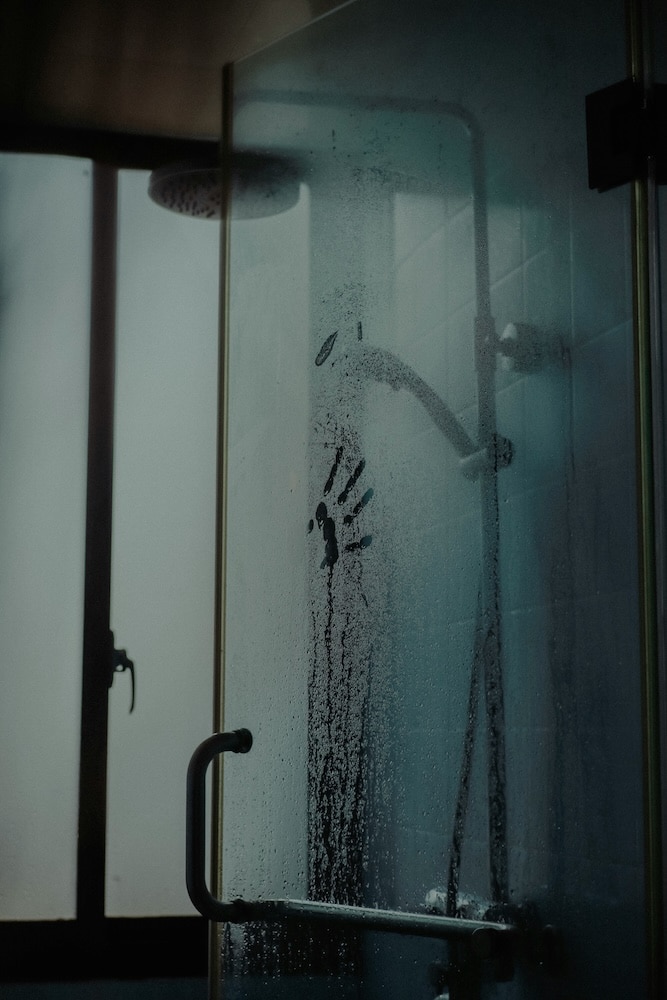The Bathroom Renovation Essential You Can’t Ignore
Moisture creeps into every corner, mold spreads silently behind walls, and that expensive renovation you just completed starts deteriorating within months. This nightmare scenario plays out in thousands of homes each year. This occurs due to one overlooked detail: proper bathroom ventilation.
Most homeowners only focus on beautiful tiles, luxurious fixtures, and perfect lighting during bathroom renovations. Yet they miss the invisible guardian that protects their investment: an effective ventilation system. Without adequate airflow, even the most stunning bathroom transformation can quickly become a costly mistake.
The statistics paint a sobering picture. Poor bathroom ventilation contributes to moisture damage that affects nearly 14% of homes nationwide, leading to thousands of dollars in repair costs. More concerning, inadequate ventilation creates the perfect breeding ground for mold and mildew, which can trigger serious health issues for your family.
Our Chicago renovation professionals will walk you through everything you need to know about bathroom ventilation. Read on to find out why proper ventilation deserves a prominent place in your project timeline.
Why Bathroom Ventilation Demands Your Attention
Bathroom ventilation serves as your home’s defense system against moisture damage. Every shower, bath, and daily routine releases substantial amounts of water vapor into the air. Without proper ventilation, this moisture has nowhere to go except into your walls, ceilings, and floors.
The primary function of bathroom ventilation extends beyond simple comfort. It actively removes humid air before it can condense on surfaces, preventing the chain reaction that leads to structural damage. When moisture accumulates, it seeps into drywall, insulation, and wooden framework, compromising your home’s integrity over time.
Health implications make ventilation even more critical. Excessive humidity creates ideal conditions for mold and mildew growth, which release spores into your home’s air supply. These allergens can trigger respiratory problems, worsen asthma symptoms, and cause persistent coughing or throat irritation. Children and elderly family members face particular risks from prolonged exposure to these airborne contaminants.
The structural benefits of proper ventilation protect your renovation investment. Moisture damage can warp wooden vanities, cause tile grout to deteriorate, and create unsightly stains on walls and ceilings. Paint begins to peel, wallpaper loosens, and metal fixtures develop rust spots. What starts as a minor moisture problem can escalate into major repairs that cost significantly more than installing adequate ventilation from the beginning.
Professional contractors understand these risks intimately. At Areté Renovators, we’ve witnessed firsthand how proper planning and attention to detail during renovations can prevent costly problems down the road. Ventilation represents one of those crucial details that separates amateur projects from professional-grade renovations.
Exploring Your Chicago Bathroom Ventilation Options
The Workhorses of Moisture Control
Exhaust fans provide the most reliable solution for bathroom ventilation. These mechanical systems actively pull humid air from your bathroom and expel it outside, creating consistent airflow regardless of weather conditions.
Ceiling-mounted exhaust fans represent the most popular choice for residential bathrooms. These units install directly into the ceiling, connecting to ductwork that leads outside your home. They offer excellent moisture removal capacity while maintaining a clean, unobtrusive appearance. However, ceiling installation requires access to the space above your bathroom, which can complicate retrofit projects.
Wall-mounted exhaust fans offer an alternative when ceiling installation proves challenging. These units mount through exterior walls, eliminating the need for extensive ductwork. They work particularly well in bathrooms located on exterior walls of single-story homes. The trade-off involves slightly reduced efficiency compared to ceiling units and potential exterior appearance concerns.
Inline exhaust fans provide the ultimate solution for complex installations. These powerful units mount remotely in attics or crawl spaces, connected to your bathroom through ductwork. Multiple bathrooms can share a single inline fan, making them cost-effective for larger homes. Their remote location also significantly reduces noise levels in the bathroom itself.
When evaluating exhaust fans, pay attention to key performance specifications. Airflow capacity, measured in cubic feet per minute (CFM), determines how quickly the fan can exchange your bathroom’s air. Noise levels, measured in sones, affect your daily comfort. Look for units rated at 1.5 sones or lower for quiet operation. Energy efficiency ratings help control long-term operating costs while supporting environmental sustainability.
Natural Ventilation Through Strategic Window Placement
Windows provide natural ventilation that complements mechanical systems beautifully. Fresh air circulation through properly positioned windows can reduce your reliance on exhaust fans while creating a more pleasant bathroom environment.
Awning windows excel in bathroom applications because they open outward from the bottom, allowing ventilation even during light rain. Their design prevents water from entering your bathroom while maintaining airflow. The angled opening also provides privacy while letting moisture escape efficiently.
Hopper windows operate similarly but hinge from the top, opening inward. This design works well for ground-level bathrooms where exterior clearance might be limited. However, ensure adequate space exists inside your bathroom for the window to open fully without interfering with fixtures or movement.
Casement windows offer maximum opening area for superior natural ventilation. These side-hinged windows swing open completely, creating excellent cross-ventilation when paired with other windows or exhaust fans. Their full opening capability makes them ideal for larger bathrooms that can accommodate the indoor clearance requirements.
Strategic window placement amplifies natural ventilation effectiveness. Position windows to take advantage of prevailing breezes and create cross-ventilation patterns. Higher placement catches rising warm, humid air more effectively. Consider privacy requirements when selecting window types and positions. Frosted or textured glass maintains privacy while allowing natural light and ventilation.
Sizing and Installation Considerations
Proper fan sizing ensures effective moisture removal without energy waste. The general rule calculates one CFM per square foot of bathroom floor space for rooms with 8-foot ceilings. Bathrooms with higher ceilings, multiple shower heads, or jacuzzi tubs require additional capacity to handle increased moisture production.
For example, a standard 8×10-foot bathroom needs approximately 80 CFM of exhaust capacity. However, if that same bathroom features a large soaking tub and separate shower, consider increasing capacity to 100-120 CFM for optimal performance. Oversizing within reason provides better moisture control and allows the fan to operate at lower speeds, reducing noise levels.
Professional installation ensures optimal performance and code compliance. Exhaust fans require dedicated electrical circuits, proper ductwork routing, and weatherproof exterior terminations. Improper installation can create air leaks, reduce efficiency, and potentially violate building codes. Many municipalities require permits for bathroom ventilation installations, particularly when new electrical circuits are needed.
DIY installation appeals to handy homeowners but comes with significant considerations. Ceiling-mounted fans require cutting precise openings, running electrical wiring, and installing ductwork through potentially challenging spaces. Mistakes can damage structural elements, create air leaks, or result in code violations. Wall-mounted units typically present fewer challenges but still require careful attention to weatherproofing and electrical connections.
Building codes establish minimum ventilation requirements for bathrooms nationwide. Most jurisdictions require either a window opening to the exterior or a mechanical exhaust fan rated for the bathroom size. Some areas mandate specific CFM ratings, noise limitations, or energy efficiency standards. Check with your local building department before beginning any ventilation project to ensure compliance.
Timer switches and humidity sensors enhance ventilation system effectiveness. Timer switches allow the fan to continue operating after you leave the bathroom, ensuring complete moisture removal. Humidity sensors automatically activate fans when moisture levels rise, providing hands-free operation that maintains optimal conditions.
Maintenance and Smart Upgrades
Regular maintenance keeps ventilation systems operating at peak efficiency. Exhaust fans accumulate dust, lint, and debris that reduce airflow and increase noise levels. Clean fan grilles monthly using a vacuum brush attachment or damp cloth. Annual deep cleaning involves removing the grille cover and cleaning the fan housing interior.
Check ductwork connections periodically for loose joints or disconnected sections. Damaged ducts can dump humid air into wall cavities or attic spaces, creating hidden moisture problems. Exterior terminations need regular inspection to ensure dampers operate freely and screening remains intact to prevent pest intrusion.
Smart ventilation upgrades offer enhanced convenience and efficiency. Humidity-sensing fans automatically adjust operation based on actual moisture levels rather than simple on/off switching. These intelligent systems prevent over-ventilation while ensuring adequate moisture removal when needed.
Variable-speed fans provide quiet operation during normal use with boost modes for high-moisture situations. Premium models integrate with home automation systems, allowing remote control and monitoring through smartphone apps. Some units feature LED lighting integration, combining ventilation and illumination in a single fixture.
Signs that indicate ventilation system replacement include excessive noise, reduced airflow, frequent cycling on and off, or visible rust and corrosion. Modern replacement units offer significantly improved efficiency, reduced noise levels, and enhanced features compared to older models. Upgrading during bathroom renovations provides the perfect opportunity to install state-of-the-art ventilation technology.
Protecting Your Investment Through Proper Planning
Effective bathroom ventilation represents an investment in your home’s long-term health and value. The relatively modest cost of quality ventilation equipment pales in comparison to potential moisture damage repairs. Professional installation ensures optimal performance while meeting all applicable building codes and safety requirements.
Your renovation timeline should prioritize ventilation planning early in the design phase. Ductwork routing, electrical requirements, and equipment selection influence other renovation decisions, from ceiling heights to fixture placement. Coordinate ventilation installation with other mechanical systems to avoid conflicts and ensure optimal performance.
Remember that bathroom ventilation affects your entire home’s indoor air quality and structural integrity. Poor ventilation doesn’t just damage bathrooms—it can spread moisture and mold throughout your living space through shared air systems. Investing in proper ventilation protects your family’s health while preserving your home’s value.
At Areté Renovators, we understand that successful bathroom renovations require attention to every detail, including the invisible systems that protect your investment. Our experienced team can help you design and implement ventilation solutions that keep your beautiful new bathroom performing optimally for years to come.
Ready to ensure your bathroom renovation includes proper ventilation planning? Contact Areté Renovators or call us at 773.683.3033 to discuss how we can integrate effective ventilation systems into your project, protecting both your investment and your family’s health.

